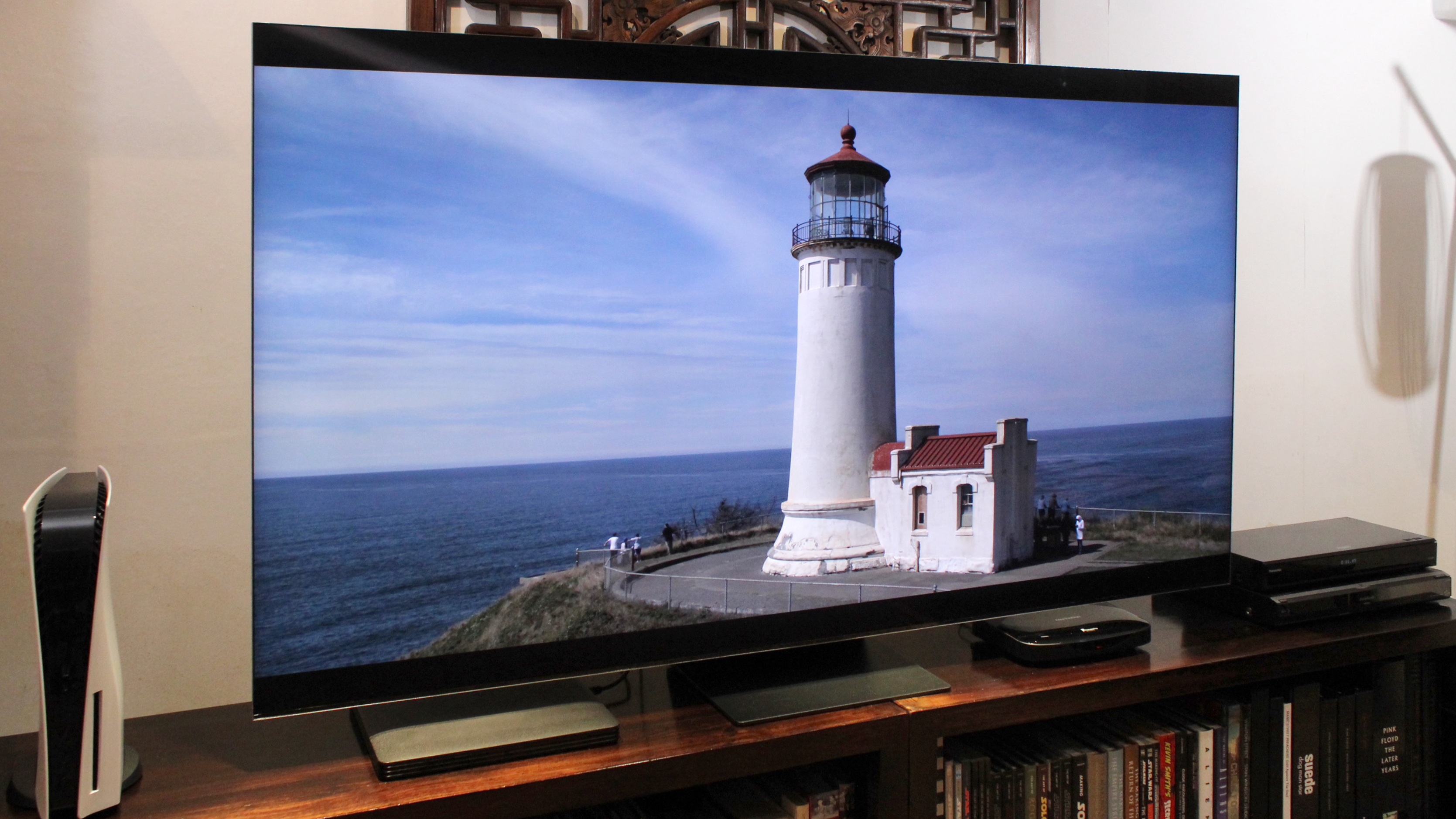
The Samsung QN900C is the company’s 2023 high-end 8K Neo QLED TV in its range, which combines a state-of-the-art Mini LED backlight with class-leading image processing that employs AI-enhancements to fully utilise the 33 million pixels in its panel. It's clearly gunning to be one of the best 8K TVs.
Samsung claims a highly accurate picture performance thanks to a Filmmaker Mode, and stunning high dynamic range (HDR) images due to its incredibly bright highlights and massive colour volume. There’s support for the main HDR formats (HDR10, HLG and HDR10+), although Samsung continues to shun Dolby Vision.
The brand does at least embrace Dolby Atmos object-based sound decoding for surround smarts, and the QN900C’s audio capabilities are boosted by Samsung’s Object Tracking Sound Pro system that employs multiple speakers and woofers to ensure an immersive sonic experience that makes the most of Dolby’s object-based audio format. So it's not just a visual feast, it's an audio sensation too.
The QN900C boasts an elegant design, along with Samsung’s proprietary One Connect box, so if you're wall-mounting then you only need one cable to trail into the TV itself, everything else links up to the box. All in all, then, the QN900C is a top-tier TV in terms of specification. But with 8K resolution still ahead of the curve for most people's needs, is this flagship worth buying or should you look to the company's QN95C 4K panel instead?
Samsung QN900C: Price & Availability
The Samsung QN900C is currently available for pre-order and comes in three screen sizes: the 65-inch model, which costs £5,099/$5,000; the 75-inch model, as reviewed, which retails for £6,799/$6,300; and the 85-inch QN900C, which is priced at a lofty £9,599.
The QN900C isn’t exactly cheap, therefore, but it’s the pinnacle of Samsung’s 8K range and delivers the very best the company has to offer when it comes to picture performance and features.
For those who prefer 8K without the premium price tag, there’s also the Samsung QN800C and QN700C which dial down some of the features. The former offers the same screen sizes, while the latter drops the 85-inch in favour of a 55-inch model (so you'll want to sit really close to it).
SAMSUNG QN900C REVIEW: FEATURES & WHAT’S NEW
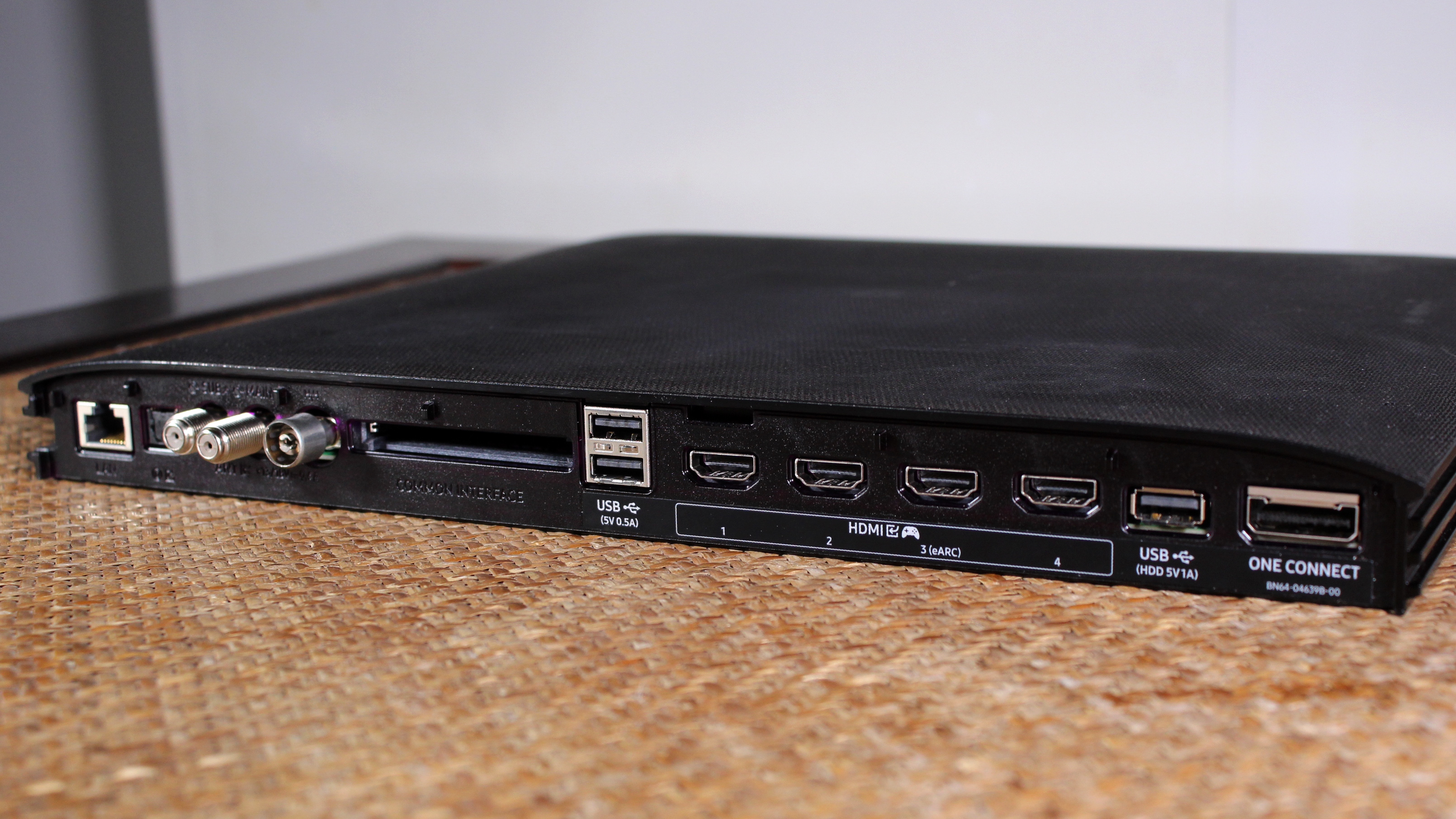
The QN900C's HDR presentation is also first-class, with Samsung claiming a peak brightness of up to 4,000 nits and a 100% colour volume. The TV supports most versions of HDR, as said up top, with HDR10, hybrid log-gamma (HLG) and HDR10+ (Adaptive and Gaming), but sadly still no Dolby Vision (no surprises though, we don't see that changing).
The QN900C boasts some serious sonic credentials, with Dolby Atmos, and Object Tracking Sound Pro, using a 6.2.4-channel speaker layout and 90W of amplification. There’s also Space Fit Sound for room correction, and Q Symphony for integration with the best Samsung soundbars.
The telly's Tizen smart platform uses a full-screen home page, and is as intuitive, responsive and comprehensive as ever, with all the main streaming apps such as Netflix, Prime Video, Disney+, Apple TV, and the UK TV catch-up services – with 4K, HDR10/10+ and Dolby Atmos where appropriate.
The QN900C is the perfect choice for gamers, with an expanded Game Bar, and support for frame rates up to 144Hz, VRR (Freesync Premium Pro and, unofficially, Nvidia G-Sync), and ALLM, which automatically switches to the low latency Game Mode when a console is detected.
One thing that is new this year is Samsung’s efforts to make more native 8K content available to owners, with 8K NFT content available via the Ambient Hub, plus an 8K YouTube preset within the smart interface. And thanks to the latest graphics cards, 8K gaming on a PC is now possible.
SAMSUNG QN900C REVIEW: PICTURE QUALITY
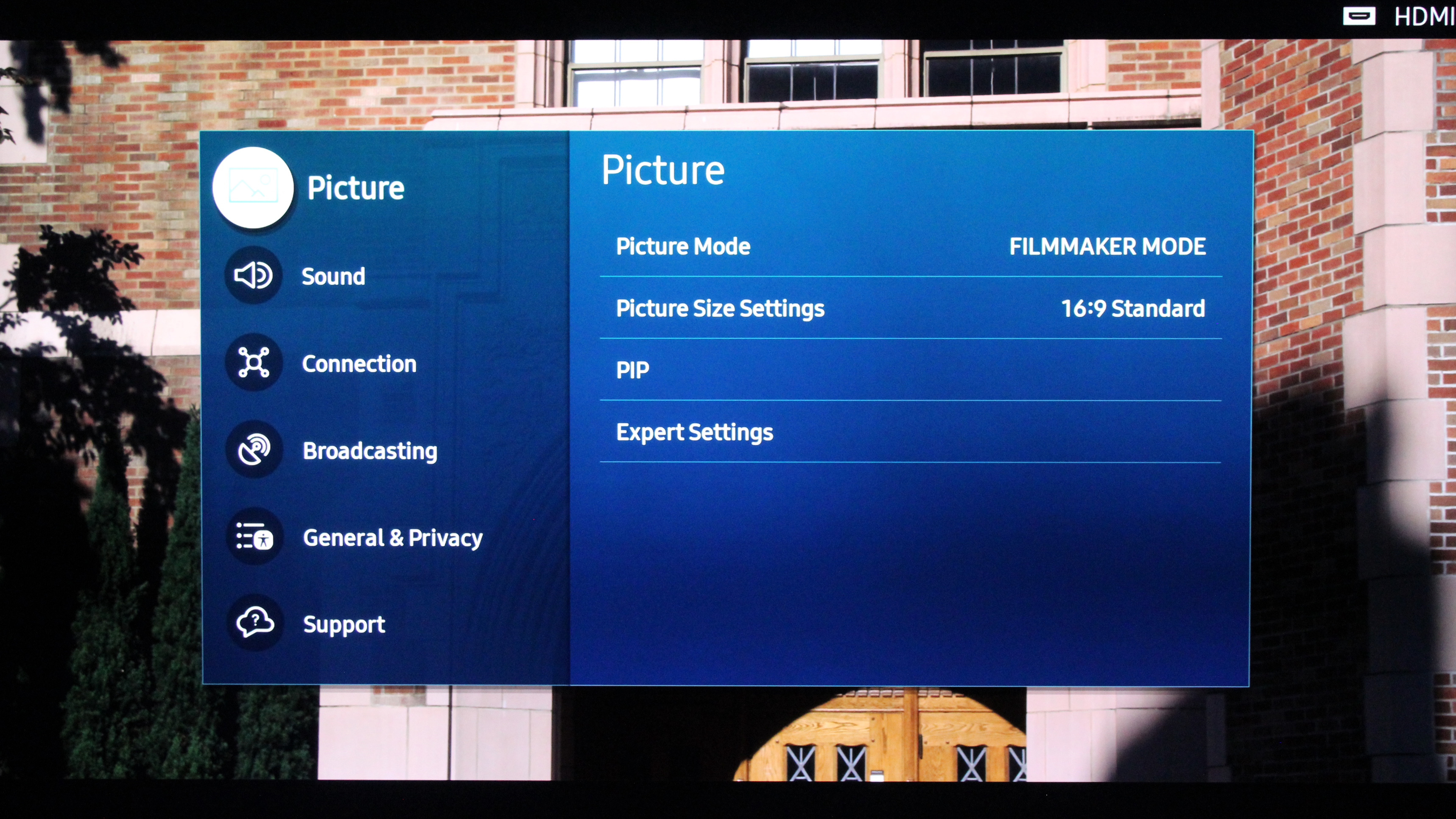
The Samsung QN900C delivers amazing big-screen images, and while there might not be much native 8K content at the moment, the class-leading image processing really makes the most of all those pixels at its disposal, creating pictures that are clean, precise and incredibly detailed.
This TV delivers inky blacks and almost no blooming, even when watching very bright HDR content. This is in part thanks to the QN900C’s nearly 2,000 independent zones, but also Samsung’s peerless local dimming algorithm, allowing bright highlights to appear next to pitch blackness.
This contrast prowess is enhanced by the 14-bit contrast mapping, bringing out all the fine details in shadows just above black, while still retaining plenty of depth. The processing also handles mixed content admirably, ensuring the bright and dark parts of an image are perfectly rendered.
The Filmmaker Mode provides accurate pictures, retaining the content creator’s intent. Despite Samsung’s claims, in this more accurate mode we measured a peak HDR brightness of 2,200 nits, and the QN900C reached 95% of the DCI-P3 colour space.
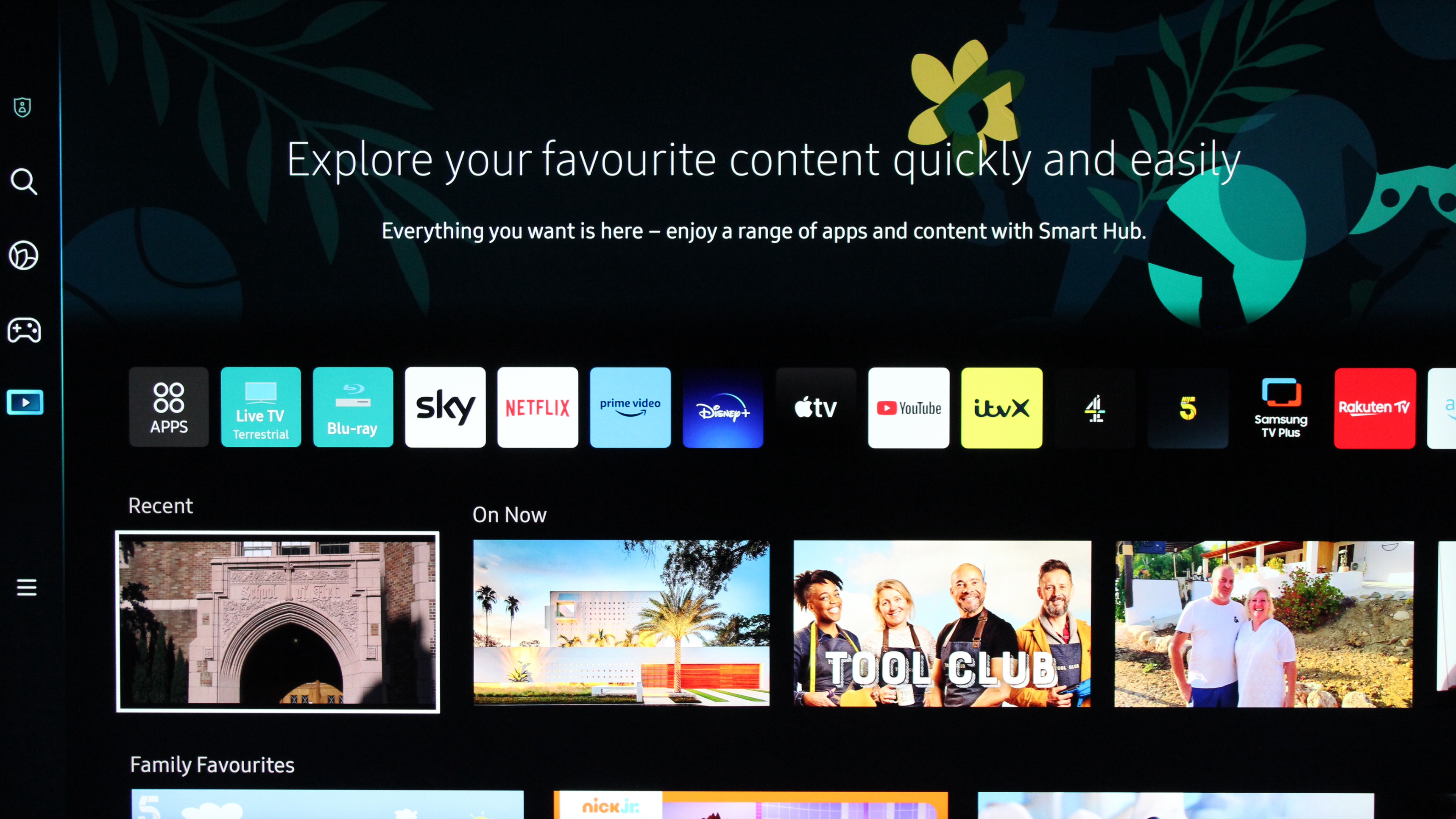
The QN900C also includes Neo Quantum HDR+ and Auto HDR Remastering to get the best out of all HDR content. The tone mapping is absolutely spot-on in all our tests, taking advantage of the massive brightness and cutting-edge processing to produce impactful HDR images with specular highlights free of clipping, saturated colours, deep blacks and detailed shadows that aren’t crushed.
In more general terms, the overall screen uniformity is excellent, with no signs of banding, dirty screen effect or colour tinting anywhere on our review sample. The optimal viewing angles are also very wide, with minimal blooming even on contrasty HDR content at extreme angles.
The screen filter is effective at absorbing direct light, as well as rejecting ambient light from the room, thus producing an equally impressive contrast during the day. However, as with previous years, a strong light source at the side can result in some distracting reflections on the screen.
Finally, the input lag in Game Mode is a blink-and-you’ll-miss-it 9ms, producing gameplay that’s super smooth and incredibly responsive. The motion handling is also impressive, with no signs of tearing or other artefacts, even at the highest frame rates.
SAMSUNG QN900C REVIEW: SOUND QUALITY
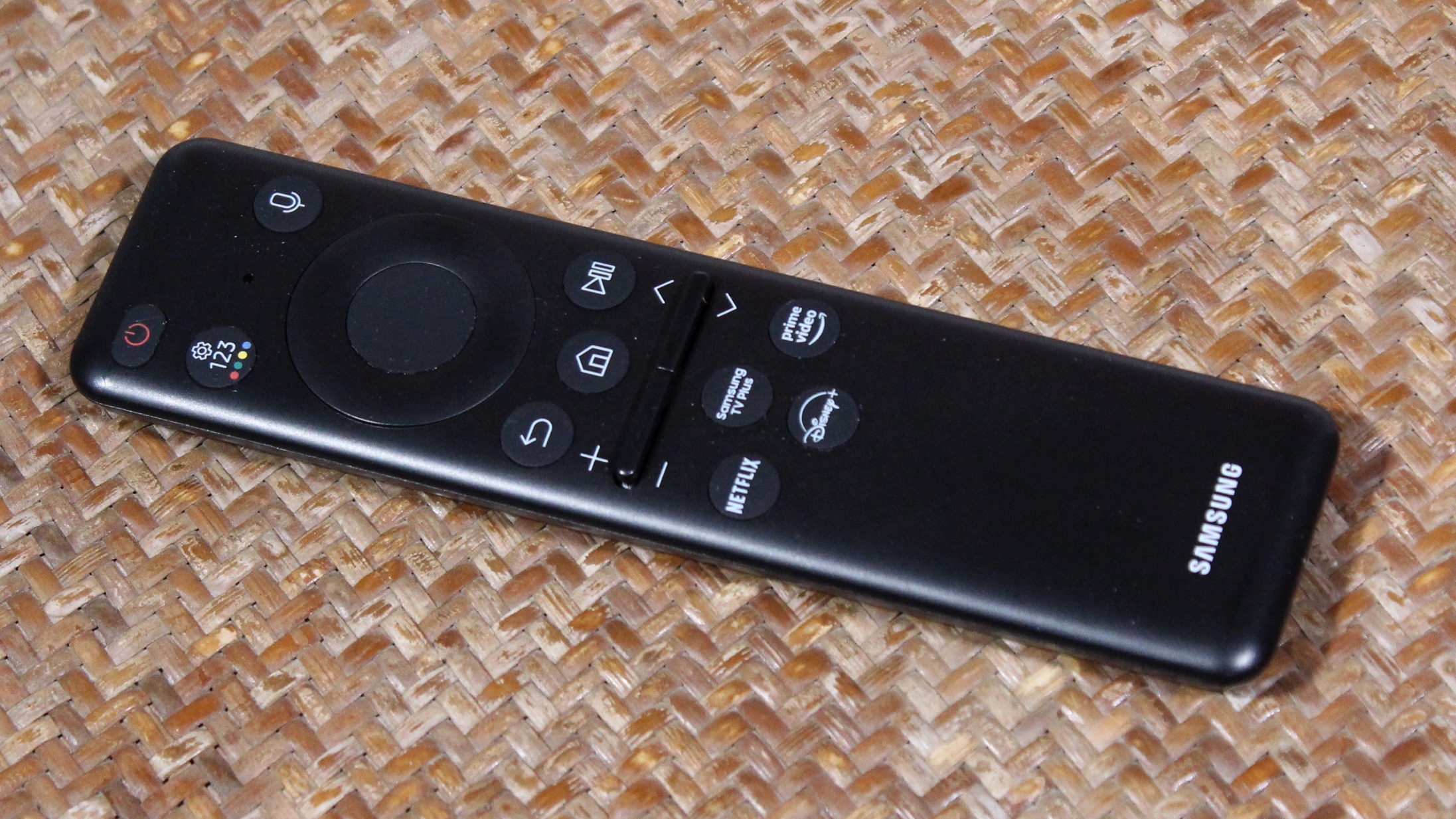
The Samsung QN900C delivers serious sound quality for a TV, thanks to an impressive 6.2.4-channel speaker layout and 90W of powerful grunt. The resulting soundstage is even bigger than the 75-inch screen on test here, and the added width this affords ensures some excellent stereo imaging.
Thanks to speakers along the bottom, sides and top, the Object Tracking Sound Pro system is able to add extra layers to the sonic delivery, moving audio around and above the TV to match events on screen, while a dedicated centre channel ensures focused and intelligible dialogue.
The woofers built into the rear of the panel also generate a deep bass foundation, giving movie soundtracks increased impact. The Dolby Atmos decoding also plays its part, adding height, width and depth to the soundstage. Overall, this is a superb sonic performer with any content.
SAMSUNG QN900C REVIEW: DESIGN & USABILITY
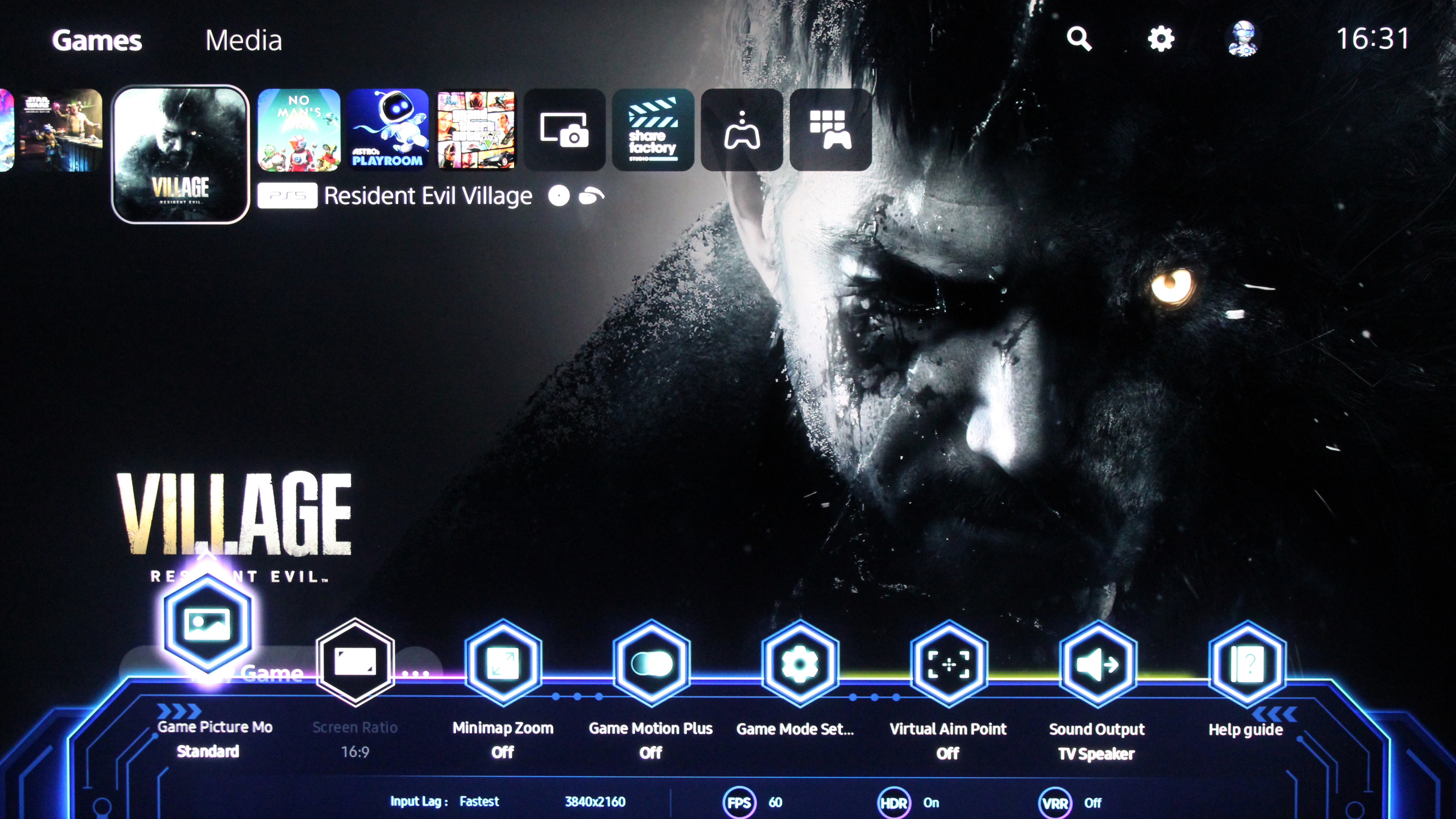
The Samsung QN900C uses the company’s Infinity One design with its contemporary finish and sleek styling that’s surprisingly slim from top to bottom. The Infinity Screen is bezel-less, hence that marketing name, the build quality is excellent, and the stand provides solid support while only requiring a narrow surface.
The QN900C is particularly impressive when wall-mounted using Samsung’s Slim Fit bracket, with only a single cable connecting the TV thanks to the One Connect box. This includes four fully-spec’d HDMI 2.1 inputs, and can be attached to the back of the stand if you prefer.
The Solar Cell remote is the same simplified version included with all of Samsung’s TVs in 2023. As a high-end controller it’s a bit disappointing, but its eco-credentials are strengthened by being made from recycled plastic and using solar power (and wireless signals) to recharge the batteries.
The controller is a bit small and fiddly, but remains intuitive with most of the necessary buttons, plus direct access keys for Netflix, Prime Video, and Disney+. It’s comfortable to hold, and has everything sensibly laid-out, thus making it easy to use with one hand.
In terms of other control options, the SmartThings app makes setup simple, as well as providing an alternative means of operating the TV. If you prefer voice control, there’s also Bixby built-in, along with the ability to work with Amazon Alexa, Google Assistant, and Siri via Apple’s AirPlay 2.
Smart Calibration Pro is a feature that enables you to calibrate any supporting Samsung TV with a smartphone (iOS or Android). Just run the app, which connects to the TV over Wi-Fi, hold the phone camera over the test patterns, and follow the instructions – the software does the rest.
SAMSUNG QN900C REVIEW: Verdict
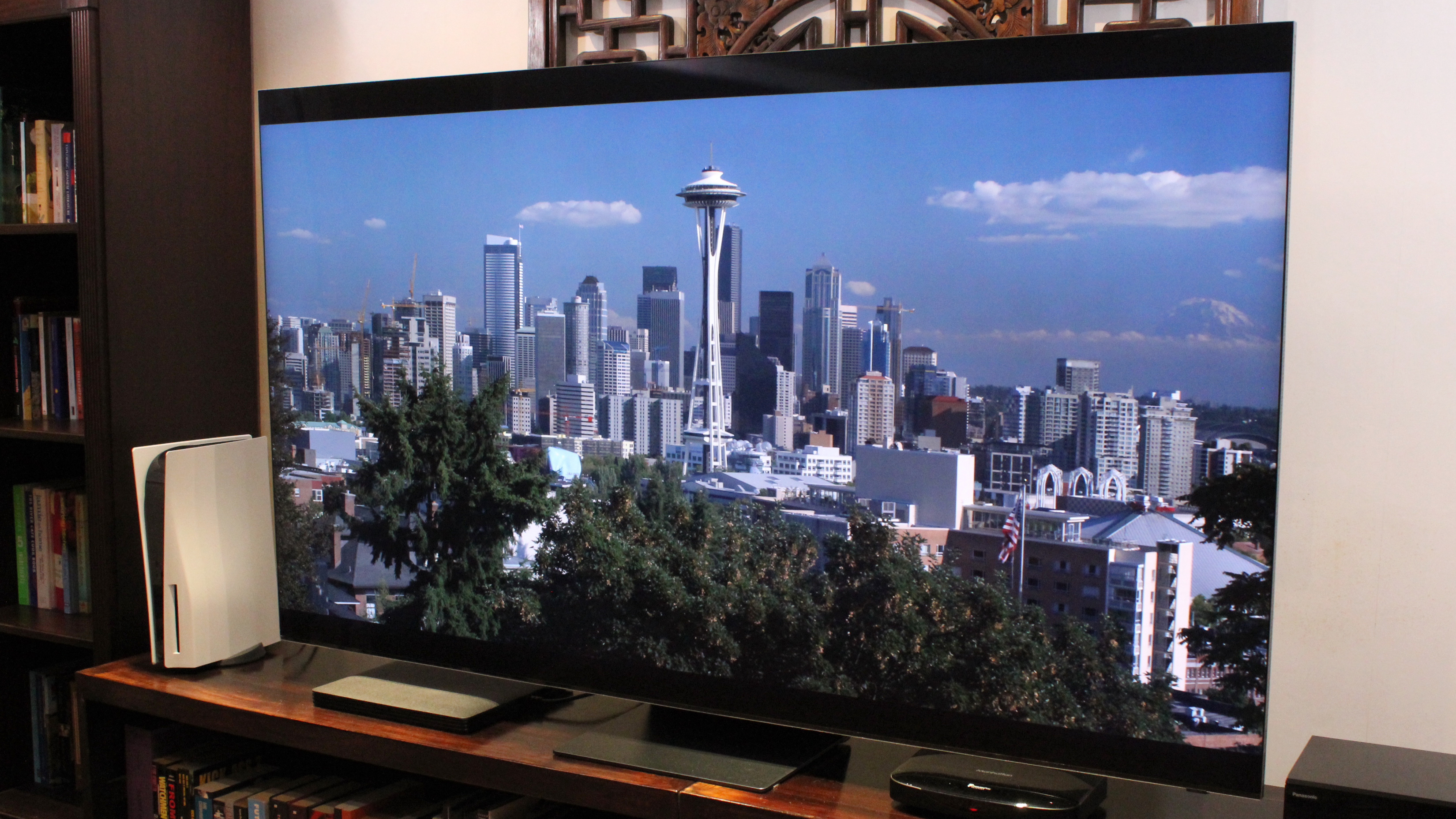
The Samsung QN900C is an outstanding 8K TV and represents the zenith of the company’s current display technology. The increased resolution and AI-enhanced image processing produce pictures with remarkable detail and precision, while the Mini LED backlight and 14-bit contrast mapping create some of the best and most accurate HDR you’ll see on a consumer display.
It’s gorgeous to look at, extremely well-made, while the One Connect box keeps things looking tidy whether wall- or stand-mounted. The gaming features are extensive and input lag incredibly low. The Tizen smart TV system remains effective, with a comprehensive choice of streaming apps. There’s also Dolby Atmos, and the audio quality is fantastic, thanks to Object Tracking Sound Pro.
In fact, the QN900C is a near-perfect package, with only the lack of Dolby Vision to detract from an otherwise peerless 8K performance. But if 8K is overkill for you then Samsung's QN95C 4K flagship is an equally tempting 5-star offering.
Also consider
Samsung dominates the 8K TV market, with the largest number of options within its overall range and the cheapest prices. Aside from the QN900C, there’s also the QN800C and QN700C, with screen sizes of 65-, 75- and 85-inch. In the case of the former model there's also a 55-inch model.
If you’re looking for alternatives, your best bet is Sony with its 8K LCD TV offerings, including the 75- and 85-inch Z9K options. If you really want an 8K OLED TV you’ll need to be well-heeled, because the LG 77-inch Z2 currently retails for a not insignificant £11,999.







